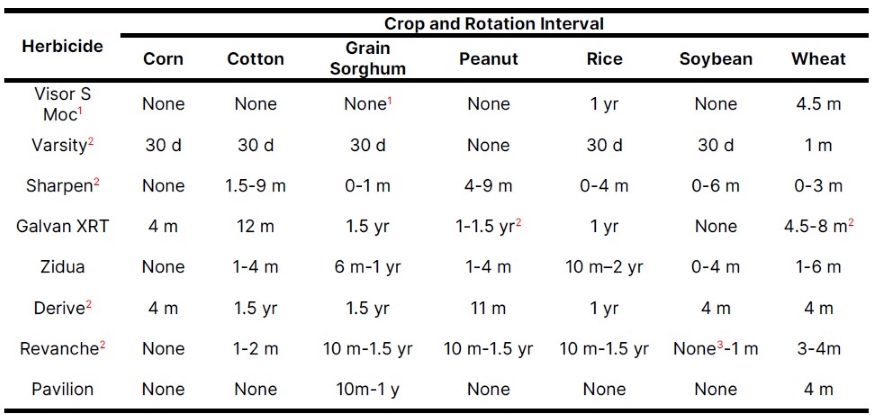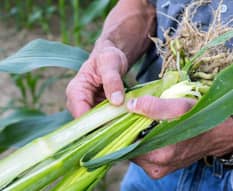As 2023 turned into 2024 rather quickly, we often think about the new challenges and changes that come with a new spring just around the corner.
In certain parts of the upper southern business unit, weather dependent, planting can begin as early as 6 weeks from now. However, weather patterns in the fall of 2023 left much of the area in what could be considered one of the driest falls/winters many can remember. As fall faded into winter and unsettled beds, lack of rainfall, and lack of predicted rainfall put us in a mid-winter herbicide application time frame.
A couple of items we wanted to highlight as we make our way into early 2024 is what impact late fall-mid winter herbicide applications can have on our subsequent crop and cautions that should be considered with applications being made currently.
Fall herbicide programs are becoming more of staple in southern row crop production for controlling problematic fall/winter weed species. These applications reduce the soil seed bank and keep fields as clean as possible to minimize weed control pressure placed on spring burndown applications.
In addition to these two primary focus points, there are several additional benefits to a fall herbicide program. For more information please see the 3 Part Fall Burndown Series from last fall.
To achieve maximum efficacy, we typically want to target fall herbicide applications between Mid-October to Mid-November; however, due to previously mentioned weather constraints of late 2023 and early 2024 applications are currently being made that could put growers in a sensitive time frame for plant back restrictions (See Table 1).









